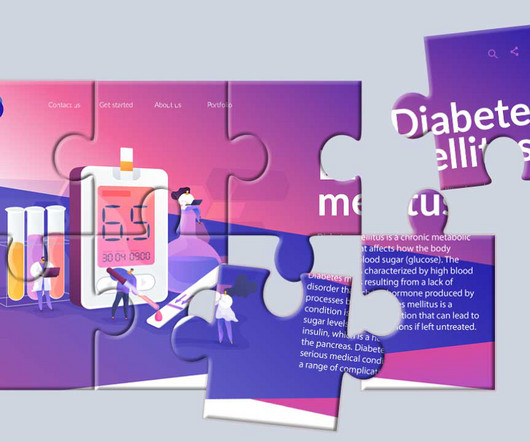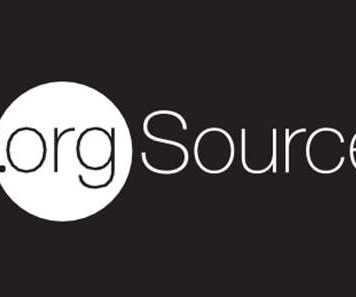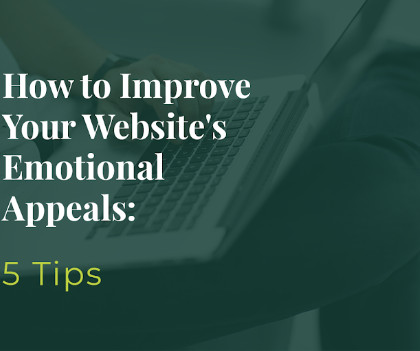#13NTC Session: Mindful or Mindfull Social Media?
Beth's Blog: How Nonprofits Can Use Social Media
APRIL 12, 2013
This blog post serves as a resource page for a session on mindfulness with Rob Cottingham and Jana Byington-Smith. To provide best practices for taming the digital jungle that assaults our brains everyday at work. He will teach us some drawing techniques for those of us who are not Picassos. Visualization Techniques.









































Let's personalize your content